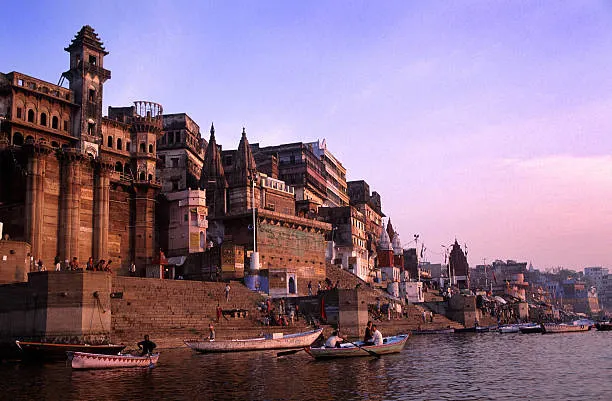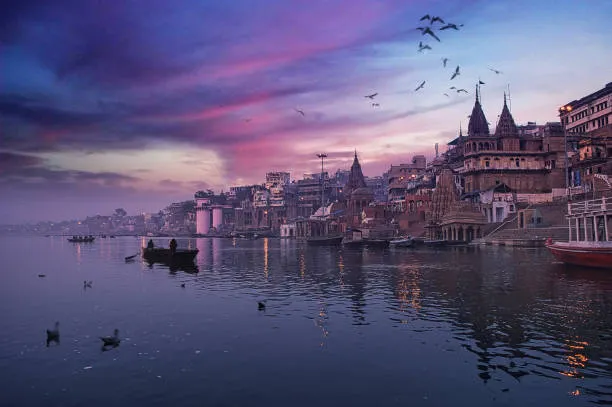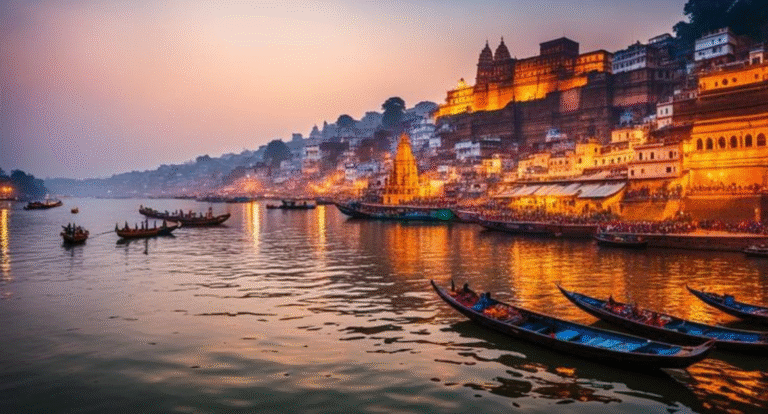History
India’s Oldest Living City
Varanasi, also known as Kashi or Benares, is one of the oldest continuously inhabited cities in the world, with a history stretching back over 3,000 years. It is revered as the spiritual capital of India and is deeply associated with Lord Shiva, who is believed to have founded the city. Over centuries, Varanasi has been a sacred center for Hindus, Buddhists, and Jains alike.
This ancient city was once a flourishing center of philosophy, medicine, astronomy, and literature. It was here that the Buddha gave his first sermon in nearby Sarnath. Throughout the Mughal and British eras, Varanasi retained its significance as a place of worship, art, and classical music. The narrow alleys, historic temples, and the ritual-rich ghats have continued to attract pilgrims, seekers, and scholars from around the world.


Geography
City of Ghats on the Sacred Ganges
Varanasi is located in southeastern Uttar Pradesh, along the banks of the Ganges River. The city is characterized by its labyrinth of winding lanes, ancient riverfront steps (ghats), and densely packed urban core.
The Ganges plays a central geographical and cultural role — its flow through the city is considered purifying, and it supports daily religious rituals like bathing, cremation, and Aarti ceremonies. Varanasi lies at an average elevation of 80.71 meters (265 ft) above sea level and enjoys a humid subtropical climate.
The river also supports agriculture and fisheries along its banks. Despite urban density, the sacred ponds and groves found in some old temples contribute to local biodiversity. Sustainable walking tours and boat rides offer low-impact ways to explore the city.

